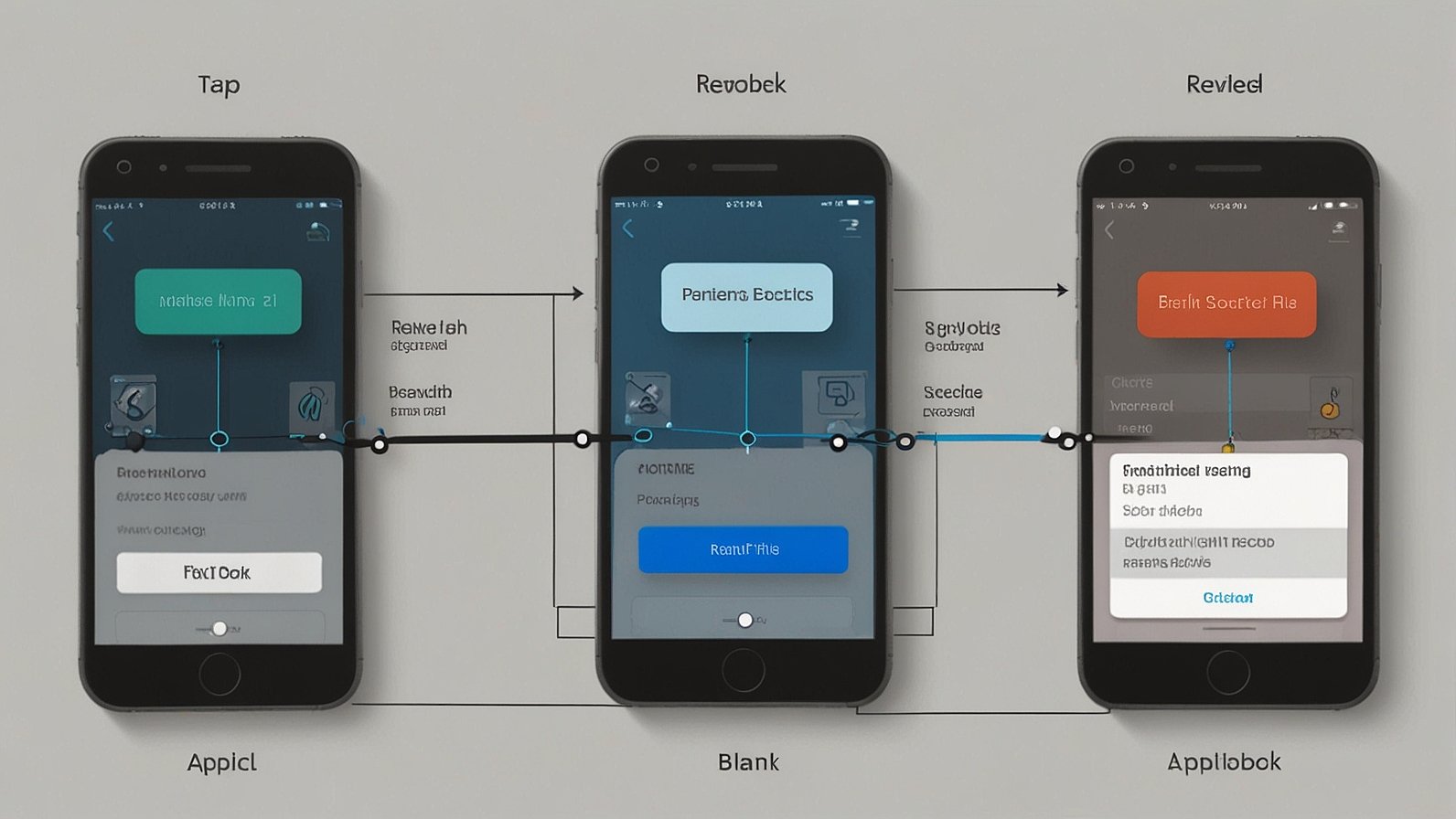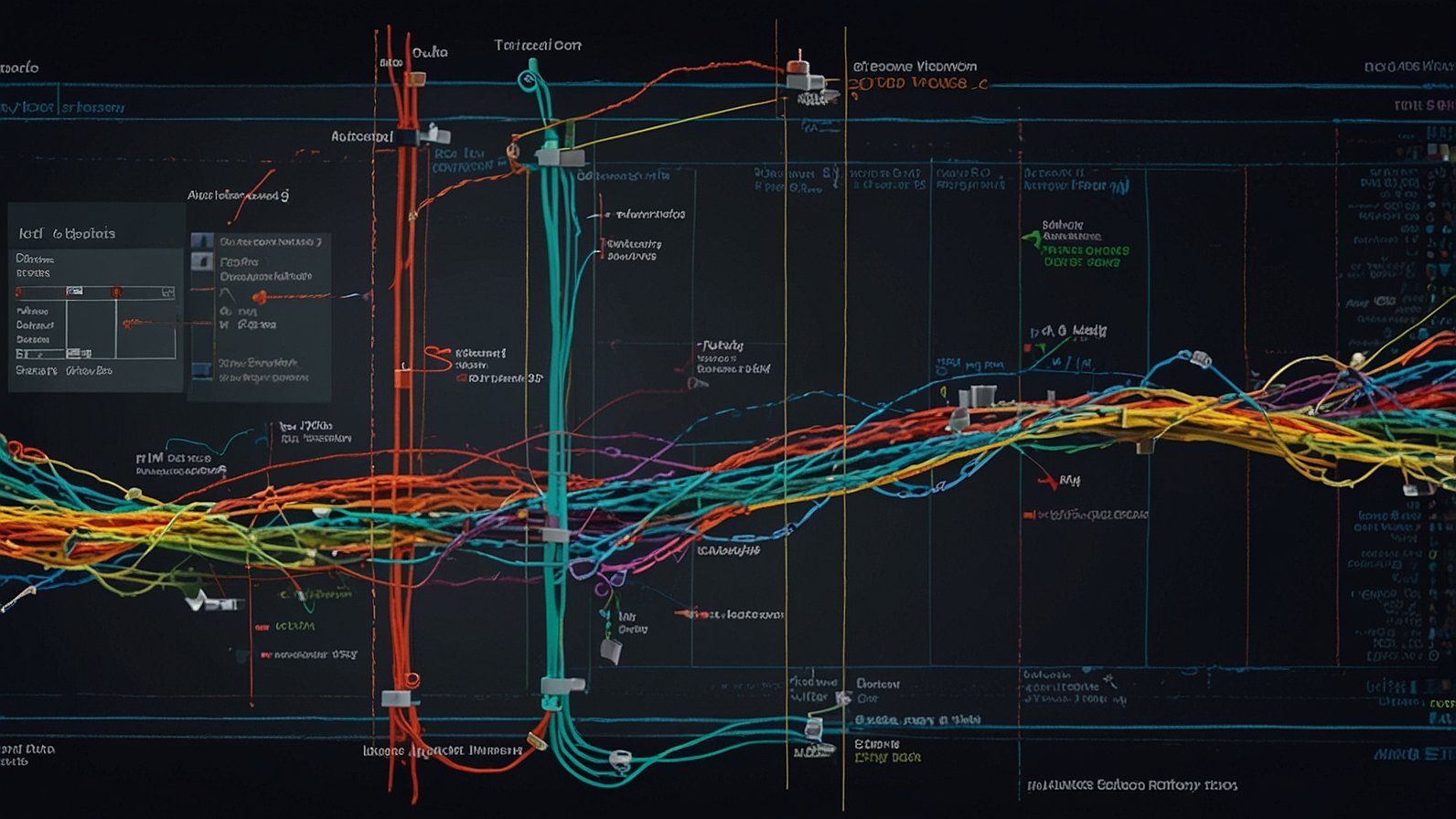Imagine a sprawling government agency, like the Department of Housing and Urban Development (HUD), managing thousands of employees across the nation. Now, picture the digital toolbox each of those employees uses: specialized software for data analysis, project management, and community development. How do you ensure every single software license is accounted for, properly paid for, and in compliance with strict federal regulations? For many organizations, the answer is, “We aren’t entirely sure.” This widespread uncertainty is exactly what a DOGE software licenses audit HUD-style initiative seeks to eliminate, and the findings reveal a staggering opportunity. It’s not just about avoiding legal trouble; it’s about uncovering millions in wasted budget and redirecting those funds to their core mission: helping communities thrive.
An audit of this scale is like a spring cleaning for your entire digital operation. It digs through every virtual closet and under every digital rug to find what you actually own, what you’re paying for but not using, and what you’re using but never officially purchased. For HUD, and agencies like it, the recent focus on a DOGE software licenses audit has unveiled a clear path toward massive fiscal responsibility and ironclad compliance. Let’s break down exactly how this works and why it’s a game-changer.
What Exactly is a DOGE Software Licenses Audit?
Before we dive into the savings, let’s get clear on the term. A DOGE software licenses audit isn’t about the meme-worthy Shiba Inu. In a government and enterprise context, it often stands for a Disciplined Oversight and Governance Evaluation. It’s a comprehensive, structured examination of an organization’s entire software portfolio.
Think of it as a full health check-up for your technology spending. The audit doesn’t just list what software is installed; it answers critical questions:
- Are we over-licensed? Paying for 1,000 seats of a program only 600 people use is like renting a huge empty office every month.
- Are we under-licensed? Using 50 copies of a program you only own 40 licenses for is a compliance risk that can lead to massive fines.
- Are we on the right plan? Could we switch from expensive perpetual licenses to more flexible subscription models (or vice versa) and save money?
- Is usage aligned with need? Are we paying for premium, feature-rich “Cadillac” software when a basic “commuter car” version would do the job perfectly?
For HUD, this process is crucial. Public trust and taxpayer dollars are on the line, making disciplined license governance non-negotiable.
The Golden Nugget: How an Audit Uncovers Massive Savings for HUD
The single strongest, most credible angle from a DOGE software licenses audit HUD would undertake is the revelation of concrete cost-saving and compliance opportunities. This isn’t theoretical; it’s financial fact.
Common Areas of Software Cost Savings Post-Audit
| Area of Waste | Typical Discovery | Potential Savings Action |
|---|---|---|
| ** Shelfware** | 20-30% of licensed software goes completely unused. | Identify and cancel automatic renewals for unused licenses. |
| Over-Licensing | Paying for user seats for employees who have changed roles or left. | Reclaim and reallocate licenses through better offboarding processes. |
| Wrong Tier Plans | Paying for “Enterprise” editions when “Pro” would suffice. | Downgrade subscription tiers to match actual feature needs. |
| Shadow IT | Departments using unauthorized, expensed software. | Discover unsanctioned apps and negotiate enterprise-wide deals. |
The savings here are not just pocket change. For a large agency, we’re talking about the potential to reclaim millions of dollars annually from the existing budget. These aren’t funds that need to be appropriated by Congress; they are funds already being spent inefficiently. An audit finds them and sets the stage for recapturing them.
A Real-World Scenario: The Case of “Productivity Suite X”
Let’s take a hypothetical example. Suppose HUD has an enterprise-wide agreement for a popular productivity suite. A DOGE audit might discover that:
- Only 60% of staff use the advanced features that justify the premium cost.
- 15% of assigned licenses are to employees who retired over a year ago.
- Several regional offices have separately subscribed to a different collaboration tool, creating redundancy.
The audit provides the data to act. HUD could negotiate a new agreement for a lower-tier version for a significant portion of its staff, immediately cutting costs. It could reclaim the unused licenses, stopping the bleed. Finally, it could standardize on a single collaboration tool, negotiating a better volume deal and improving security. This disciplined approach, guided by audit data, turns chaos into clarity and waste into savings.
Building a Fortress: Ensuring Compliance and Mitigating Risk
While saving money is thrilling, avoiding risk is just as critical. Software vendors, especially large ones, conduct their own audits regularly. If they find a discrepancy in your licensing, the result is rarely a friendly conversation. It usually comes with a hefty true-up bill for all the unlicensed software you’ve been using, plus potential penalties.
For a government agency, the fallout is even more severe. It can lead to:
- Congressional scrutiny and damaging headlines.
- Erosion of public trust in how taxpayer money is managed.
- Security vulnerabilities from unmanaged and unpatched software.
A self-initiated DOGE software licenses audit flips the script. It’s a proactive measure. Instead of waiting for a vendor to find your mistakes, you find them first. You bring yourself into compliance on your own terms and create a system to stay there. This proactive governance is a hallmark of mature, responsible IT management.
From Audit to Action: Implementing Disciplined License Governance
An audit is only valuable if it leads to action. The final, crucial step for HUD is to build a sustainable framework that prevents the problem from recurring. This is where technical controls and disciplined governance come in.
Here’s what a post-audit action plan looks like:
- Centralize Software Management: Use a dedicated Software Asset Management (SAM) tool. This acts as a single source of truth for all licenses, contracts, and usage data, making the next audit infinitely easier.
- Establish Clear Policies: Create and enforce policies for software request, approval, and procurement. Eliminate “shadow IT” by providing a clear path for employees to get the tools they need legally.
- Automate Onboarding/Offboarding: Integrate license assignment and reclamation into the HR processes. When an employee leaves, their access is shut down, and their licenses are automatically returned to the pool for someone else to use.
- Conduct Regular Mini-Audits: Don’t wait five years for the next big audit. Schedule quarterly reviews of high-cost software to check usage and adjust license counts as needed.
3 Actionable Tips HUD (And Your Organization) Can Implement Today
You don’t need to wait for a full-scale audit to start making improvements.
- Run a Usage Report on Your Top 5 Software Expenses: Most software vendors provide detailed usage reports. This quick win can immediately show you if you’re over-licensed on your most expensive tools.
- Appoint a Software “Gatekeeper”: Designate a person or team that must approve all new software subscriptions and purchases. This simple step cuts down on redundant and unnecessary spending.
- Create a Simple Spreadsheet Inventory: Start small. List all your software, how many licenses you own, what you pay, and when it renews. This basic document is a powerful first step toward visibility and control.
The journey to optimal software management starts with a single step: the decision to look. For HUD, a DOGE software licenses audit isn’t a punishment; it’s one of the smartest strategic investments it can make. It’s a proven process that protects public funds, strengthens security, and ensures every dollar is working as hard as the people it serves.
What’s the first piece of software you would audit in your own organization? Share your thoughts below!
You May Also Read: aaryaeditz org: Your Secret Weapon for Stunning Social Media Edits?
FAQs
Isn’t a software audit just something big software companies force on you?
While vendors do conduct audits, a self-initiated DOGE-style audit is a proactive tool for your own benefit. It’s about understanding your own assets to save money and manage risk, not just responding to a vendor’s demand.
How often should an agency like HUD conduct a full software audit?
A comprehensive audit should be conducted at least every 2-3 years. However, this should be supplemented with ongoing, quarterly reviews of high-value software assets to maintain control.
What’s the biggest hurdle to conducting a successful audit?
The biggest challenge is often data fragmentation. Licenses, contracts, and usage data are often spread across different departments, emails, and filing cabinets. The first step is usually just centralizing this information.
Can’t we just use our existing IT inventory tools for this?
Standard IT inventory tools are great for knowing what’s installed on devices, but they don’t tell you what you’re legally licensed to use or what you’re actually paying. A dedicated SAM process or tool is needed to bridge that gap.
What if the audit finds we have been non-compliant? Are we obligated to tell the vendor?
The purpose of an internal audit is to find and fix这些问题 discreetly. You are not obligated to report your findings to a vendor. The goal is to quietly bring yourself into compliance, so if the vendor ever does audit you, you are prepared and clean.
Are the savings from an audit a one-time thing?
No, the real value is recurring. The processes and controls you put in place after the audit ensure continuous optimization. This prevents waste from building up again, turning a one-time savings into an annual budget win.
How long does a full-scale audit typically take?
For a large organization, a thorough audit can take anywhere from three to six months, depending on the complexity of the software environment and the availability of data.










